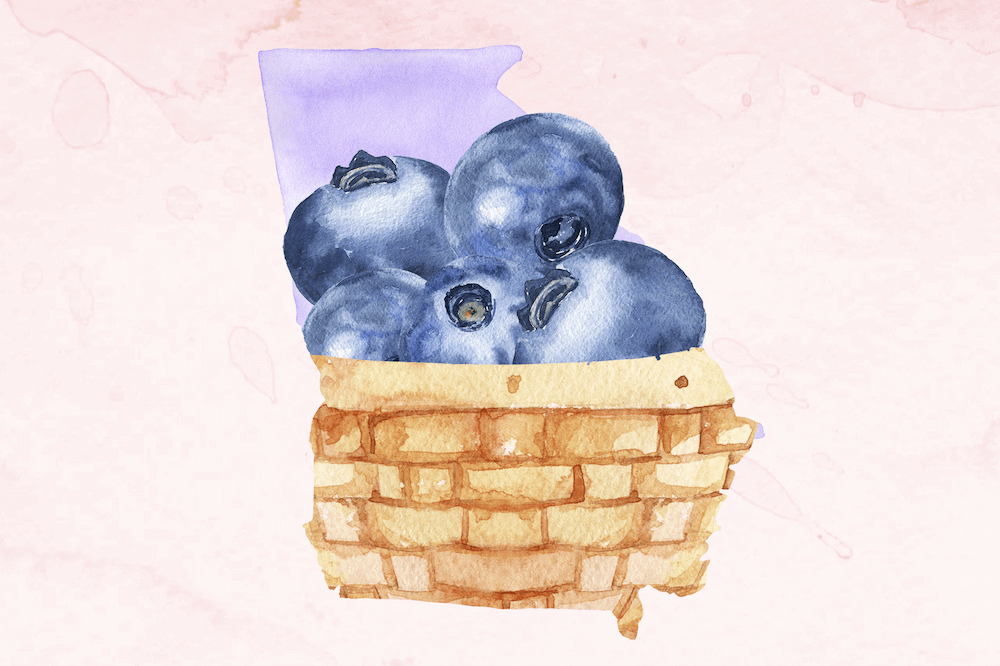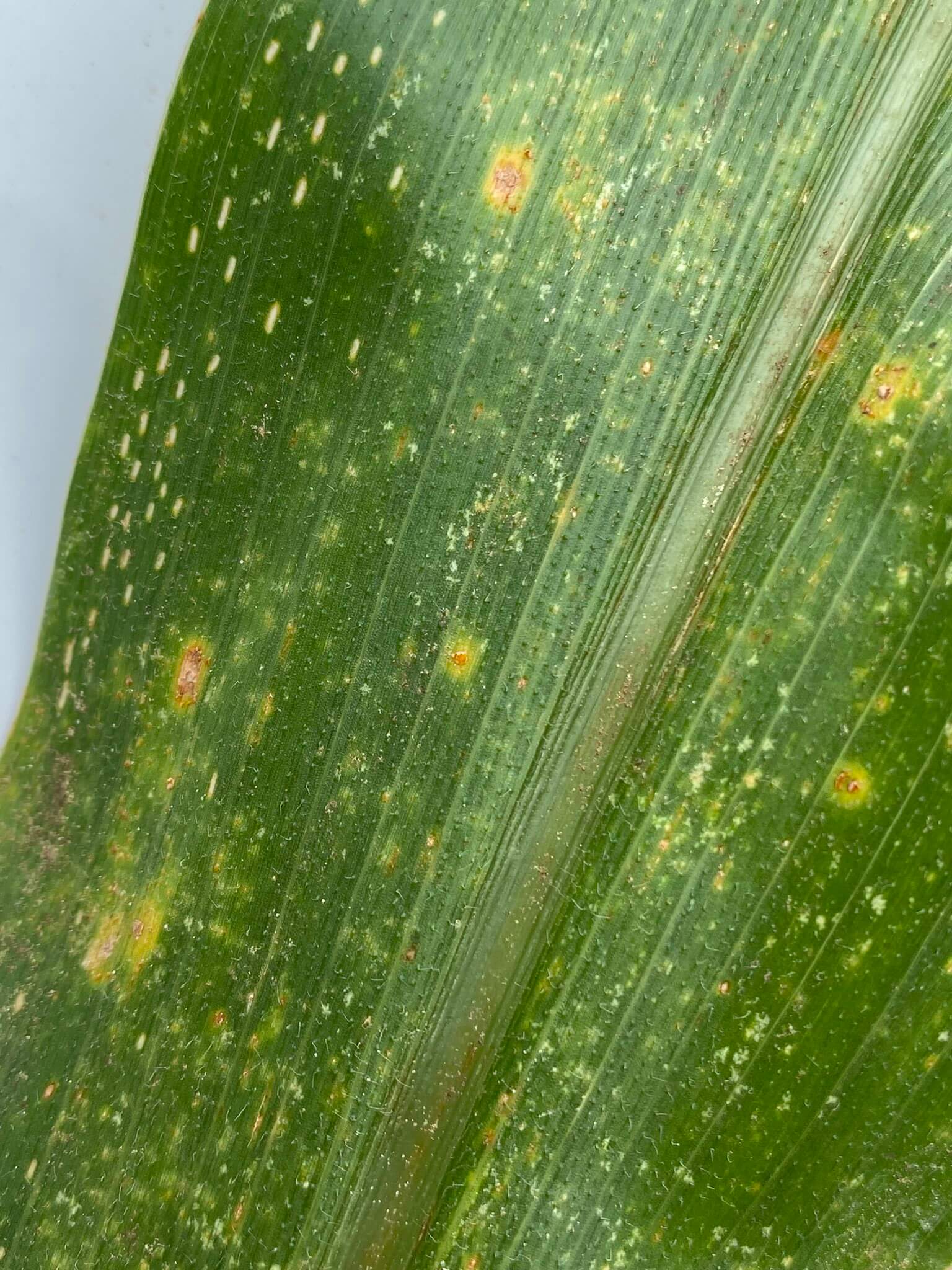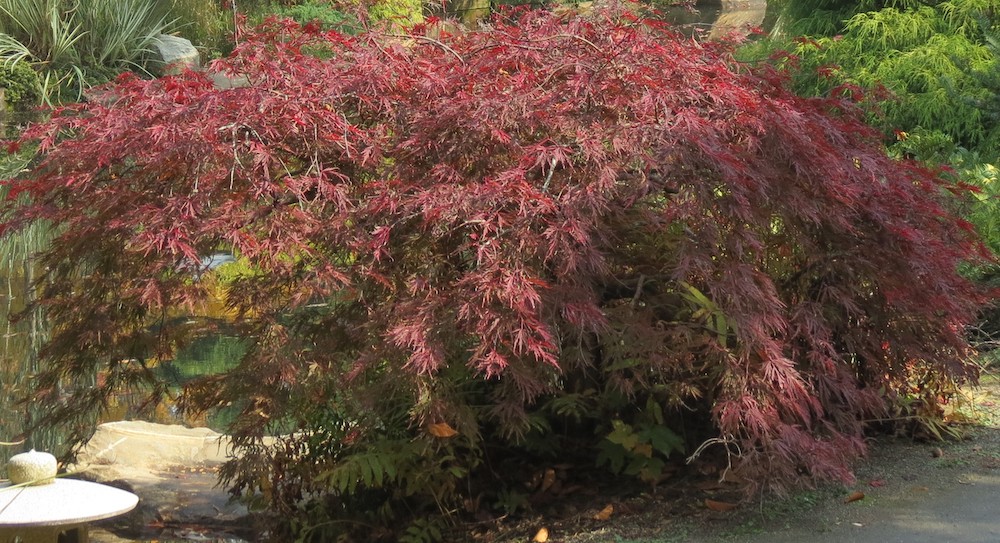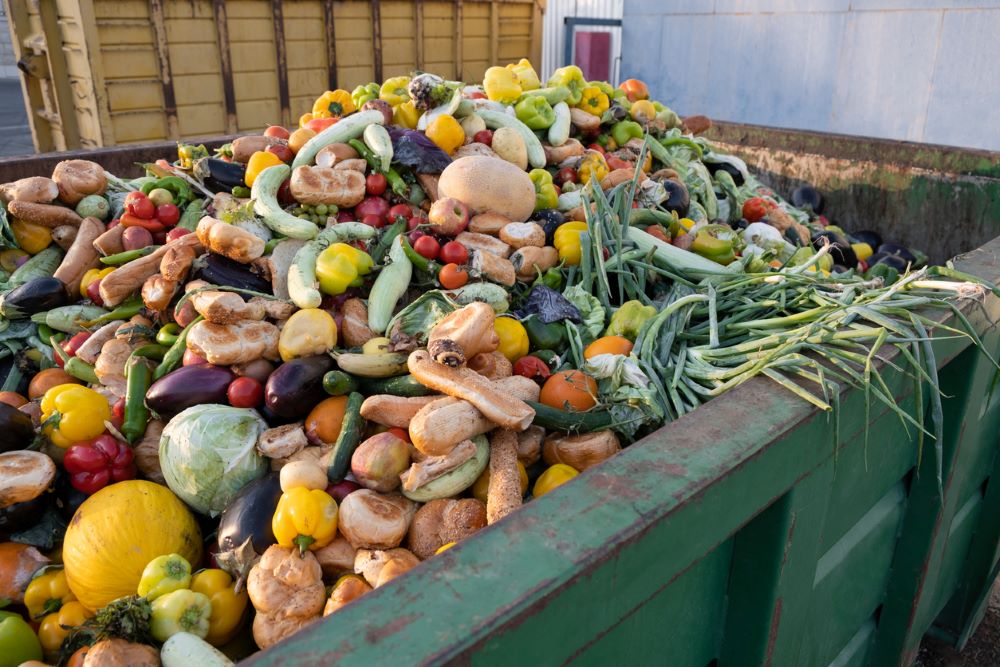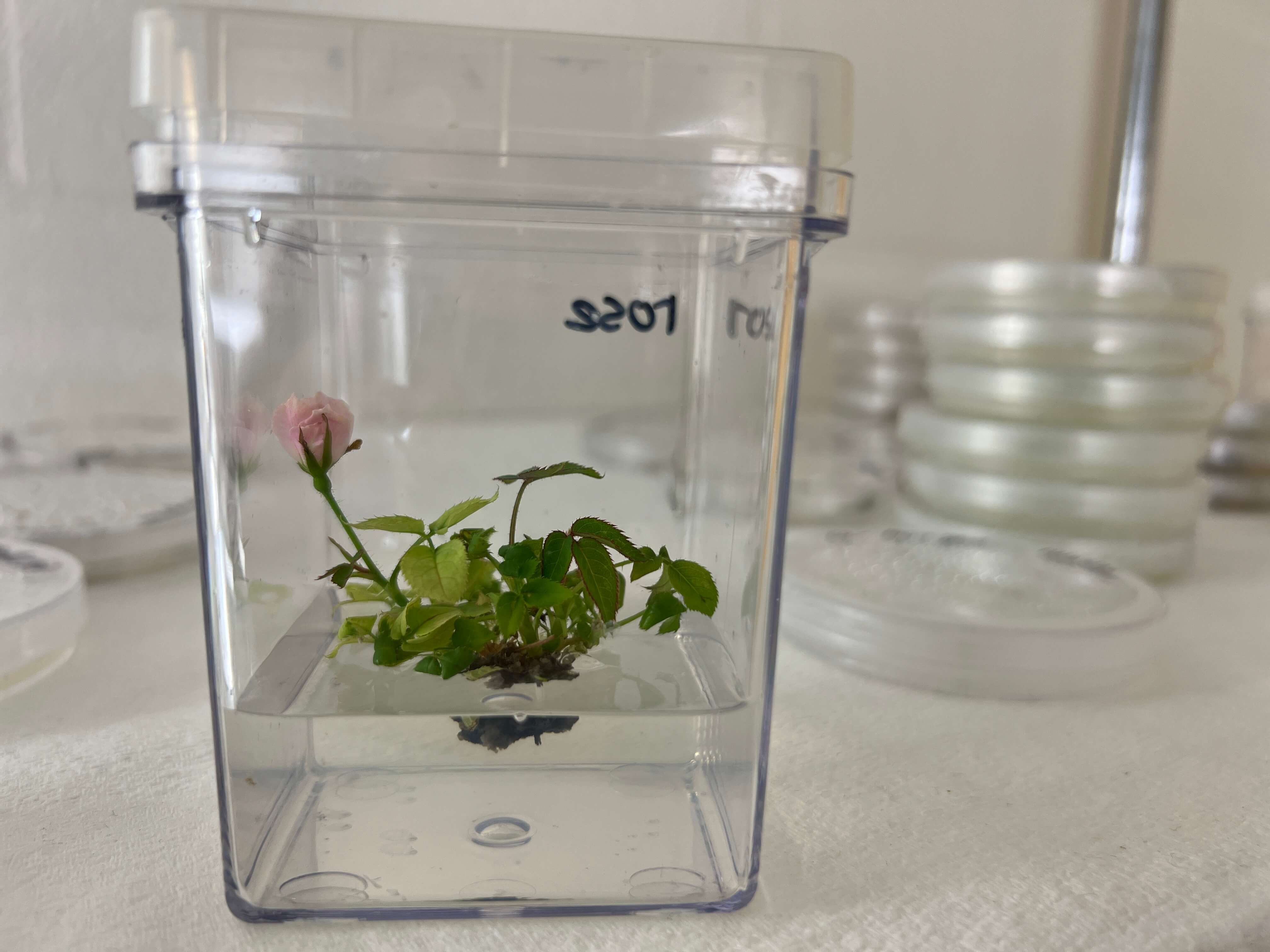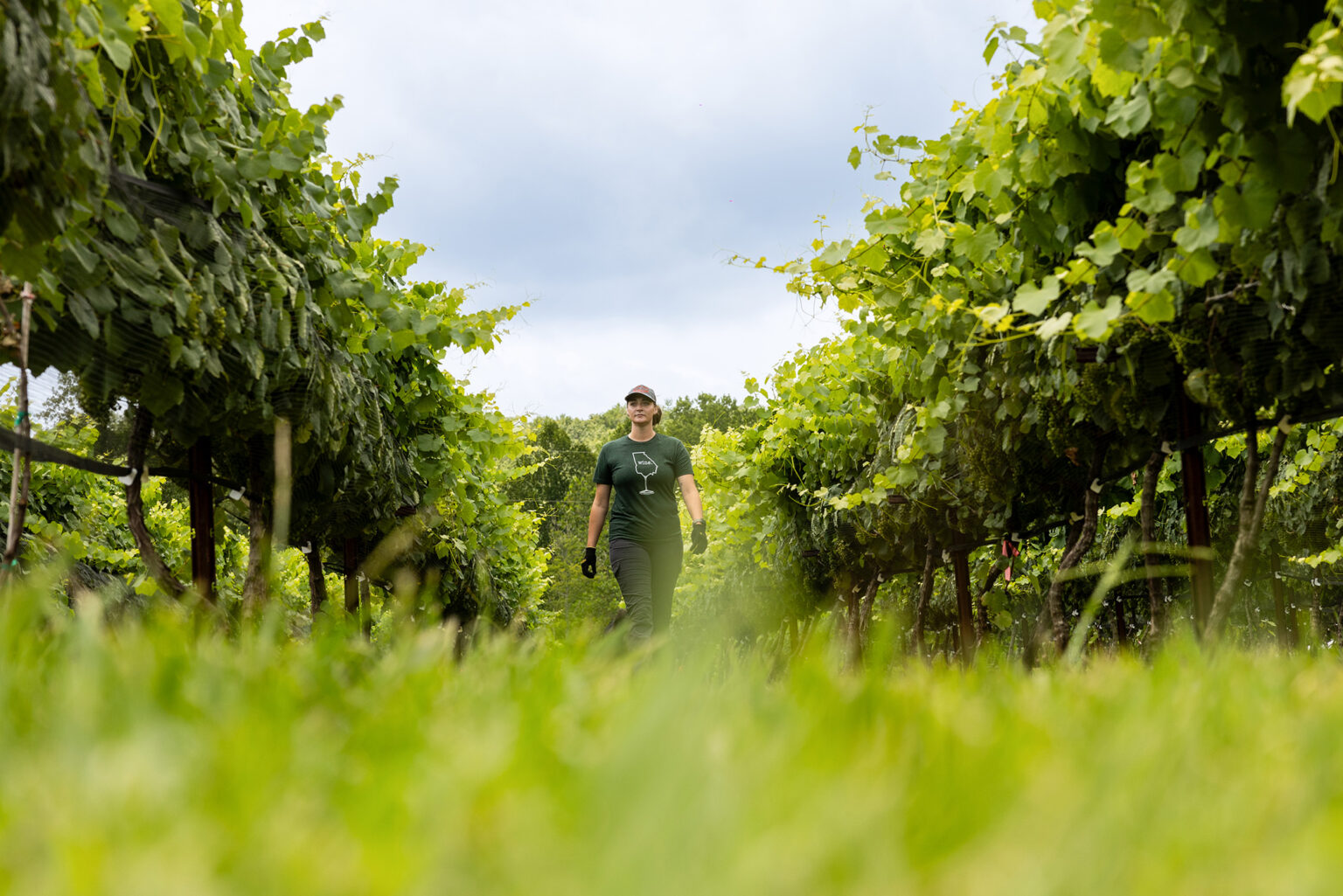 CAES News
CAES News
Grape Expectations
The blueberries were suffering. It was the summer of 2022, and Amelia Lyons was working at Sweet Acre Farms, a Georgia vineyard specializing in fruit wines. While Lyons was fixing the vineyard’s irrigation for a dry summer, she noticed that small, dark red spots had appeared on the blueberries. While searching for a solution, she came across a peer-reviewed paper from the University of Georgia’s College of Agricultural and Environmental Sciences that addressed the exact disease she was trying to treat.

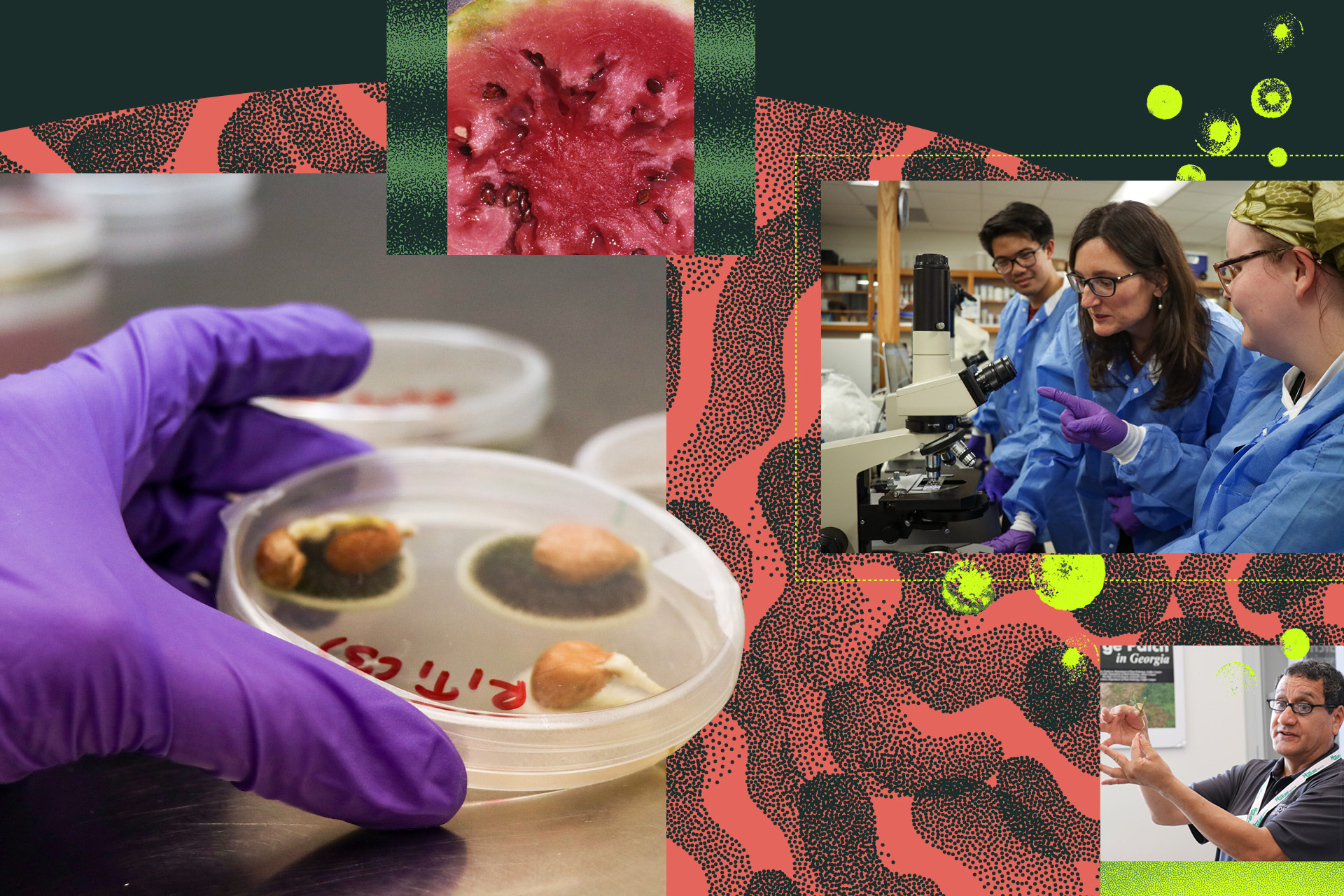
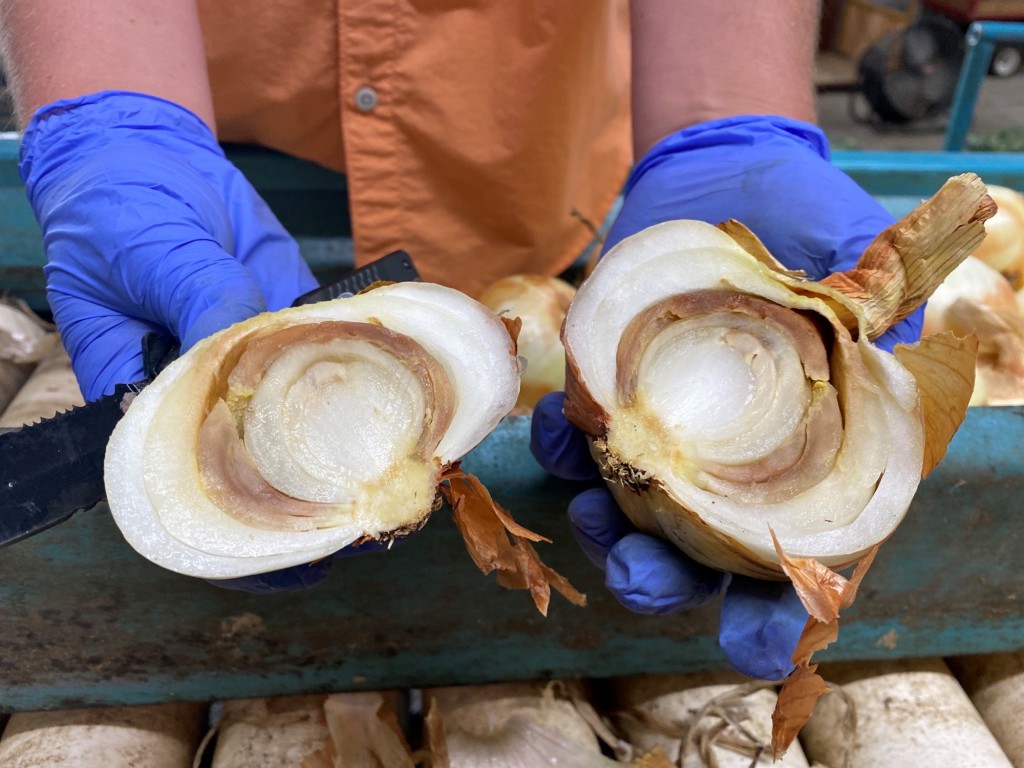
.jpg)
